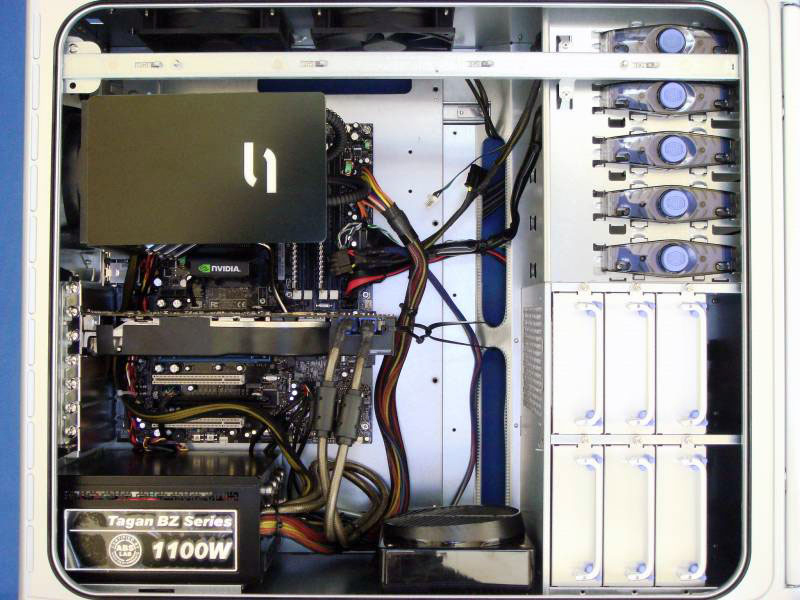

I've spent hours looking for solutions ranging from checking to see if the issue was something as simple as the settings for the PC having a sleep timer or the screen savers being the issue. I disconnected the VGA cable I was using on m first monitor and connected it to my motherboard, after using the on board GPU my motherboard had, it worked fine, and the issue was gone. You can access the video card settings by right-clicking on the desktop and selecting Graphics Options or. Make sure that the GPU is set to run in multi-monitor mode and that the correct monitor is set as the primary display. I suspected the power supply of being the culprit but the lights on the GPU were still on, along with everything else when the screen turned off, and i could still hear sound coming from the game or videos. Another possible cause of multiple displays not working with an Nvidia GPU is incorrect video card settings.
#NVIDIA SYSTEM MONITOR NOT WORKING DRIVERS#
I ended up updating the drivers for the GPU (didn't work), uninstalling all of my drivers, then installing them, and it still kept happening. Its unique and intuitive architecture is the. But after testing out 3 different monitors, the issue still remained. NVIDIA System Monitor is a new 3D application for seamless monitoring of PC component characteristics. I assumed that the monitor was the issue at first. It'd stay on for a while, then the monitor would disconnect. The fix for that was to shut computer off and turn it back on, but then it became a frequent thing even outside of games. NVIDIA System Monitor On-Screen Display not working CoolKiwiBloke 11y Hi, I just installed the NVIDIA System Tools which includes the system monitor - however my purpose in installing it was to monitor the performance (FPS/Temp) while playing games and when I tick 'On-Screen Display' option it doesnt appear to do anything. About a week ago, I was playing a game on my PC when the screen suddenly went black, the monitor said that apparently nothing was connected to it.


 0 kommentar(er)
0 kommentar(er)
